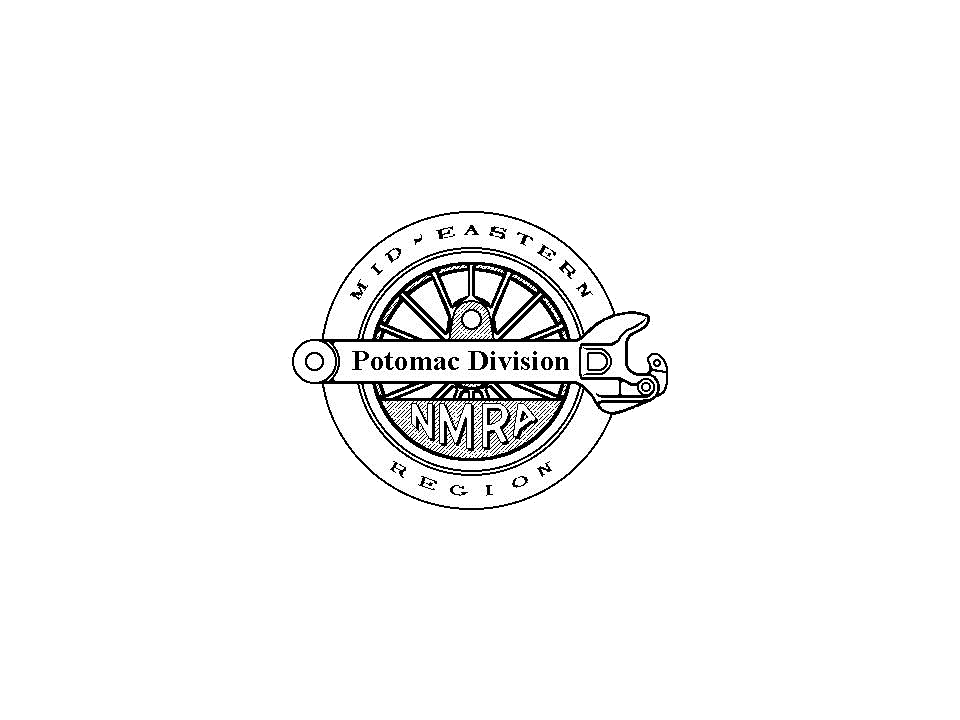After the
annual Division meeting on Saturday, March 24th, members were treated
to a quadruple-header layout tour bonanza!
One
of the layouts on the tour was Bryan Kidd’s HO scale C&O
Railway. I had heard great things about Bryan’s layout, but I had not
yet had the opportunity to see it. I must tell you that I was not
disappointed.
Bryan’s
Alleghany Subdivision is set in the early 1950’s, allowing both steam
and first generation diesels to operate side by side. As far as layouts
go, it is relatively large in size. Bryan said that he started the
layout in 2012, so I think he has made great progress in just 6 years!
What was most interesting is that Bryan said that he bought the house
“for the basement!” He confided to me that once he and his wife moved
in, she said to him “When are you going to start your layout?” Many of
us only dream of receiving that kind of encouragement and support from
our better halves.
Bryan
uses a point-to-point track plan that has a double track mainline of
about 140 feet. In order to run some of the large steam engines, his
minimum radius for mainline curves is about 32 inches. Smooth operation
of the large steam engines is further assured by Bryan using mostly
number 8 turnouts on the mainline, with a few number 6’s.
Bryan
controls his layout, including mainline turnouts powered by Tortoise
switch machines, using Digitrax DCC.
The
section of the layout closest to the outside entrance to the basement
serves as temporary staging using old, but sceniced modules. They will
be replaced with permanent benchwork to complete the east end of the
layout representing Covington and to provide staging.
The
main part of the layout is located in two rooms. The larger room is the
main part of the layout (Alleghany, White Sulphur Springs and
Roncevert), and the smaller is Hinton yard and staging. Benchwork and
track are complete, foam blocks are in place that will form the base
for future hills, and some structures are in place; both completed
buildings, and cardboard mockups.
What
is impressive about the layout is that Bryan is modeling prototype
scenes. All around the layout are photos of the actual areas being
modeled, and one can easily recognize the trackage and structures in
front of you on the layout as being exact replicas of the trackage and
structures in the photos.
Bryan
is just starting to set up operating sessions, and is using the car
card system.
I
am hopeful that as Bryan progresses in constructing his layout, we will
have more opportunities to observe his outstanding modeling skills.

